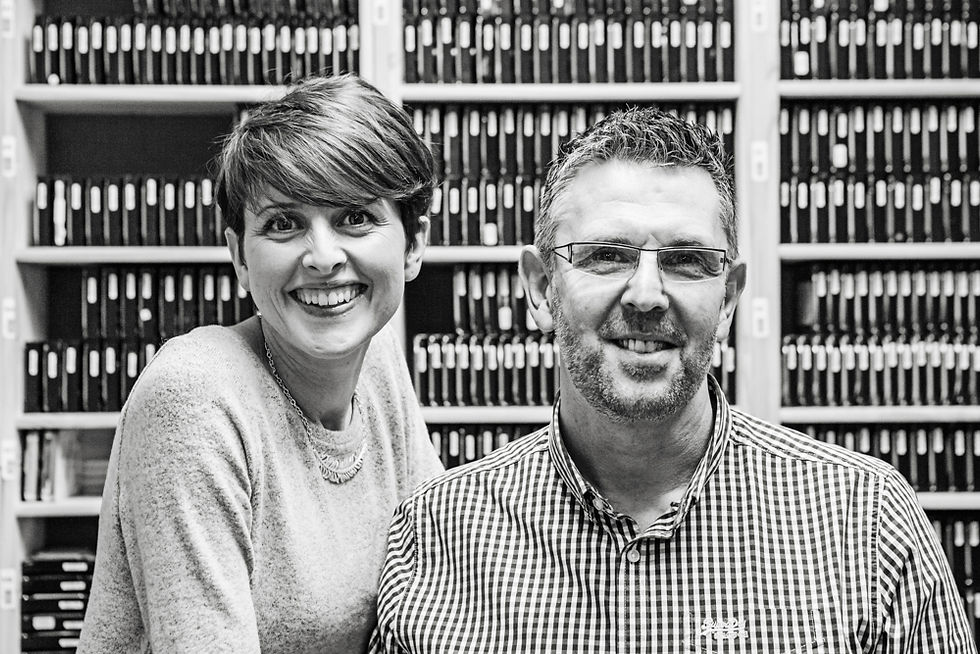When should i send an item for Data Recovery?
- Phil Griffiths @ TFT

- Feb 14, 2018
- 3 min read

Written by Alison Cook from East Anglian Data Recovery Services Ltd.
As computer repair professionals you are absolutely at the sharp end when it comes to all things technical. You’ll be first port of call if a laptop doesn’t switch on, if the screen has broken on a tablet, desktop not powering up, etc. You will see it all, you lucky people!!
By nature, we are tenacious people and don’t like admitting defeat on anything, but with the customer’s best interests at heart it does sometimes mean that despite all your efforts, your best bet is to pass it on to a specialist so that the data can be recovered safely, using more advanced tooling and techniques and if necessary, under the appropriate conditions. The following checklist might help you qualify when to try and when to leave well alone. We like to call it our VPL test…
1. Visual inspection – are there any visual signs of physical external damage, e.g. cracked casings (indicating a drop), burning / scorch marks on the PCB indicating overheating components etc. If it is an internal hard drive also check the drive has the cover sticker and tamper labels are intact. If either of these have been broken, then the drive is likely to have been opened up elsewhere. This is a red flag for us as in most cases it will not have been opened in a dust free environment which means contamination will inevitably have been introduced. We would recommend that a drive should NOT be powered up if received in this condition as it will firstly need visually inspecting in a Clean Chamber. We have had hard drives here that have sticky finger prints, pet hair and dust/debris inside, so when they arrive in this condition they have to be cleaned thoroughly before power up, as to do so without cleaning, you run a huge risk of causing irreversible platter damage.
2. Power on Test – Typically, if all passes with flying colours, the next stage for your diagnosis would be to place the bare drive into an external caddy – power it up and then……
3. Listen – does the drive sound ‘healthy’? As technicians you will have fitted many hundreds of hard drives over the years and will instinctively know if a hard drive sounds good or bad. This will be your next judgement call as it will be at this point whether you decide to place the failing drive under the additional stresses of making an FULL sector-by-Sector image or indeed going straight for glory and lifting the data off directly (not always recommended).

If the drive is healthy and you are dealing with either MFT issues, accidental deletion, Virus or Malware etc., then your chosen software recovery tool will probably do the job very well for you and if all goes well you will have a happy client with their data back. However, if your client tells you the drive is clicking, if they “fess-up” to having dropped it or dropped something on it, plugged in the wrong power supply, etc., then we would always advocate caution. Repeated attempts to power a clicking drive up to gain access causes the heads to try and read, and typically the first place they will try to read from is the Service Area that is located in negative sectors on the platters and if the service area is scored by the broken heads, then this again can cause irreversible damage to the drive and in extreme cases, render the data totally inaccessible.
We hope this simple guide helps you but as always we are only at the end of the phone or on messenger if you need advice or want to run through a specific case or scenario.
Written by Alison Cook from East Anglian Data Recovery Services Ltd.
t: 01953 667977










Comments